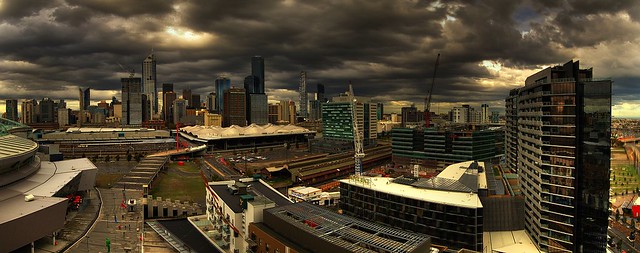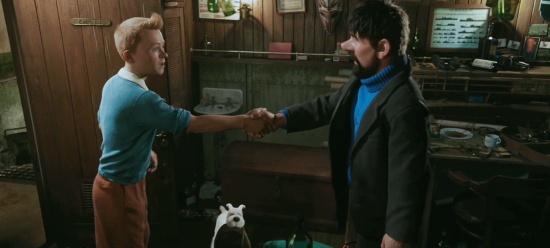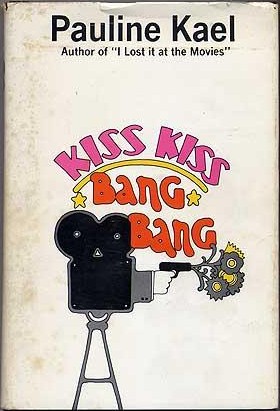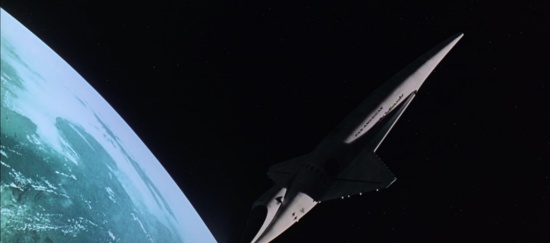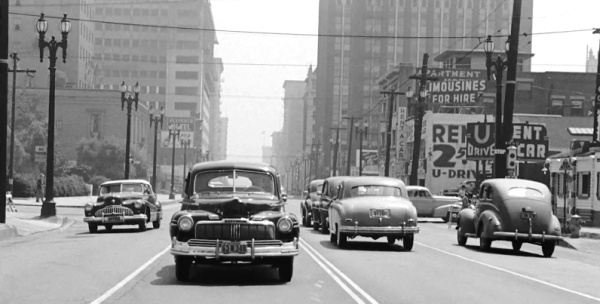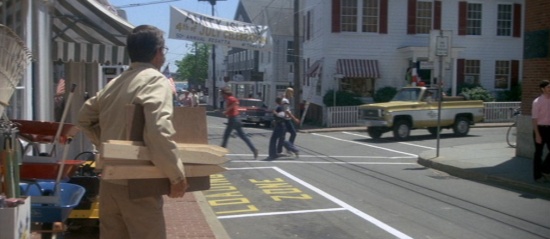
My post a while back about the changes to L.A. since the 1940s got me thinking again about the experience of visiting real movie locations, something I wrote about a few years ago (here). As I said then, it can be quite an uncanny experience visiting the spot where a familiar movie scene was filmed. What has changed since that post, though, is the roll-out of Google’s Street View. Where seeing the real locations where movies were shot was once something of a pilgrimage, these days we can do it virtually. So I thought it would be fun to find a few familiar or iconic locations on Street View.
Unlike my earlier post, I don’t have any larger point to make about changes to the city as a result of this post. I just thought it would be interesting. Perhaps you see no point in dong this… if so, fair enough. Move along, there’s nothing to see here…
